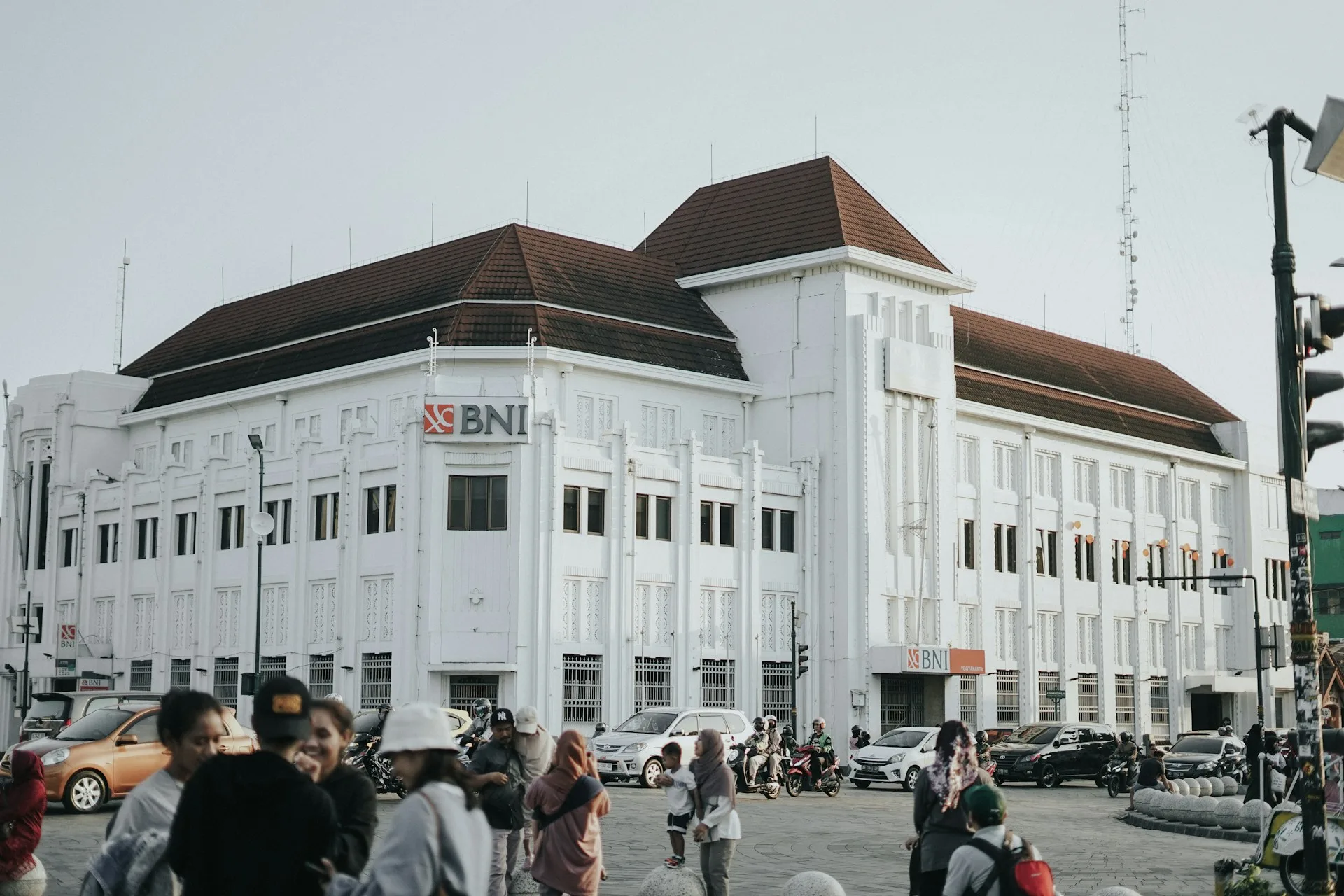Javanese news – Yogyakarta was once the capital of the Emergency of the Republic of Indonesia in 1946. This is a complete story of how the struggle city became the center of government of the young Republic.
After the Proclamation of Independence on August 17, 1945, Jakarta had functioned as the capital of the Republic of Indonesia. However, the political and security conditions in the city quickly deteriorated.
The NICA (Netherlands Indies Civil Administration) troops together with the allies have increasingly tightened supervision, even since September 1945 the Dutch troops began to enter Jakarta. On the other hand, there are still remnants of Japanese soldiers who have not been completely withdrawn.
The situation is getting tense. President Soekarno, Vice President Mohammad Hatta, and high -ranking state officials tried to survive, but it was clear that Jakarta was no longer a safe place to control the government.
On January 1, 1946, a limited meeting at the president’s residence on Jalan Pegangsaan Timur Number 56 resulted in an important decision: The center of government must be moved out of Jakarta for the safety of the state.
Proposal from Sultan Hamengkubuwono IX
The day after the meeting, on January 2, 1946, Sri Sultan Hamengkubuwono IX who was then led the Sultanate of Yogyakarta submitted a historic offer. He suggested that Yogyakarta be the temporary capital of the Republic of Indonesia.
This proposal not only gave a place, but also a guarantee of security and full support from the Yogyakarta Palace.
The offer was accepted with strategic considerations. Yogyakarta is relatively safe, located in the middle of Java, and its people are famous for being loyal to the struggle for independence. The planned transfer of the capital is also arranged carefully so as not to smell by Dutch spy or allies.
Secret journey to Yogyakarta
At night on January 3, 1946 it was the beginning of a journey full of risk. From the railroad track behind President Soekarno’s residence in East Pegangsaan, a extraordinary train (KLB) departed in which the lights were deliberately extinguished. This step is taken so that departure does not cause suspicion of enemies.
The trip to Yogyakarta takes about 15 hours, passing a relatively safe path. Towards dawn on January 4, 1946, the group arrived at Tugu Station, Yogyakarta. There are already waiting for Sultan Hamengkubuwono IX, Paku Alam VIII, and Commander in Chief General Soedirman to welcome the leaders of the Republic.
Since that day, right on January 4, 1946, Yogyakarta officially became the capital of the Republic of Indonesia to replace Jakarta.
Great responsibility in the hands of Yogyakarta
The condition of the state treasury at that time was very alarming, it could even be said to be empty. However, the Yogyakarta Palace together with the Pakualaman Duchy voluntarily bear all government operational costs, including the needs of state officials.
This noble step is proof of how great the sacrifice and commitment of Yogyakarta to the Young Republic.
To run the wheels of government, the Gedung Agung Yogyakarta was used as a temporary presidential palace. From this, President Soekarno and Vice President Hatta arranged a strategy to maintain independence until finally the recognition of sovereignty was obtained a few years later.
The capital again moved because of the Dutch military aggression
Yogyakarta’s journey as the capital is not always smooth. On December 19, 1948, the Dutch launched military aggression II.
Their troops managed to occupy Yogyakarta, even President Soekarno, Mohammad Hatta, and a number of important figures were arrested and then exiled.
To prevent the collapse of the Republic, Minister Syafruddin Prawiranegara who was in Bukittinggi was given a mandate to form the Emergency Government of the Republic of Indonesia (PDRI).
The existence of PDRI is very important because it shows the international world that Indonesian government remains, even though its leaders are captured.
Back to Yogyakarta and then Jakarta
The situation began to change after the Netherlands under international pressure. On December 7, 1949, through a round table conference in the Hague, the Netherlands finally recognized Indonesia’s sovereignty and handed it to the Republic of the United States (RIS). Yogyakarta returned to become a temporary capital until the transition to the unitary state was completed.
Finally, on August 17, 1950, the official capital was moved back to Jakarta along with the dissolution of the United Republic of Indonesia and the establishment of the Unitary Republic of Indonesia (NKRI). Since then, Jakarta has again been the capital of de facto and de jure Indonesia.
From the past to the future
The story of Yogyakarta as the Emergency Capital of the Republic of Indonesia is clear evidence of how the city plays a crucial role in maintaining independence.
People’s support, the sacrifice of the Yogyakarta Palace, and the determination of the nation’s leaders made the period 1946-1949 as one of the most important chapters in Indonesian history.
Now, Indonesia is planning to re -plan the transfer of the capital. Through Law Number 3 of 2022, the government established North Penajam Paser Regency in East Kalimantan as the location of the Nusantara State Capital (IKN). This transfer is designed gradually from 2024 to 2045.
The name “Nusantara” was chosen to reflect the identity of Indonesia as a large and diverse archipelago.
History also repeated: For the sake of the sustainability of the nation, the transfer of the capital was carried out, as it had happened when Yogyakarta was full of sacrifice to become the capital of the Republic of the Emergency. ***
Game Center
Game News
Review Film
Rumus Matematika
Anime Batch
Berita Terkini
Berita Terkini
Berita Terkini
Berita Terkini
review anime



